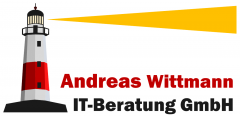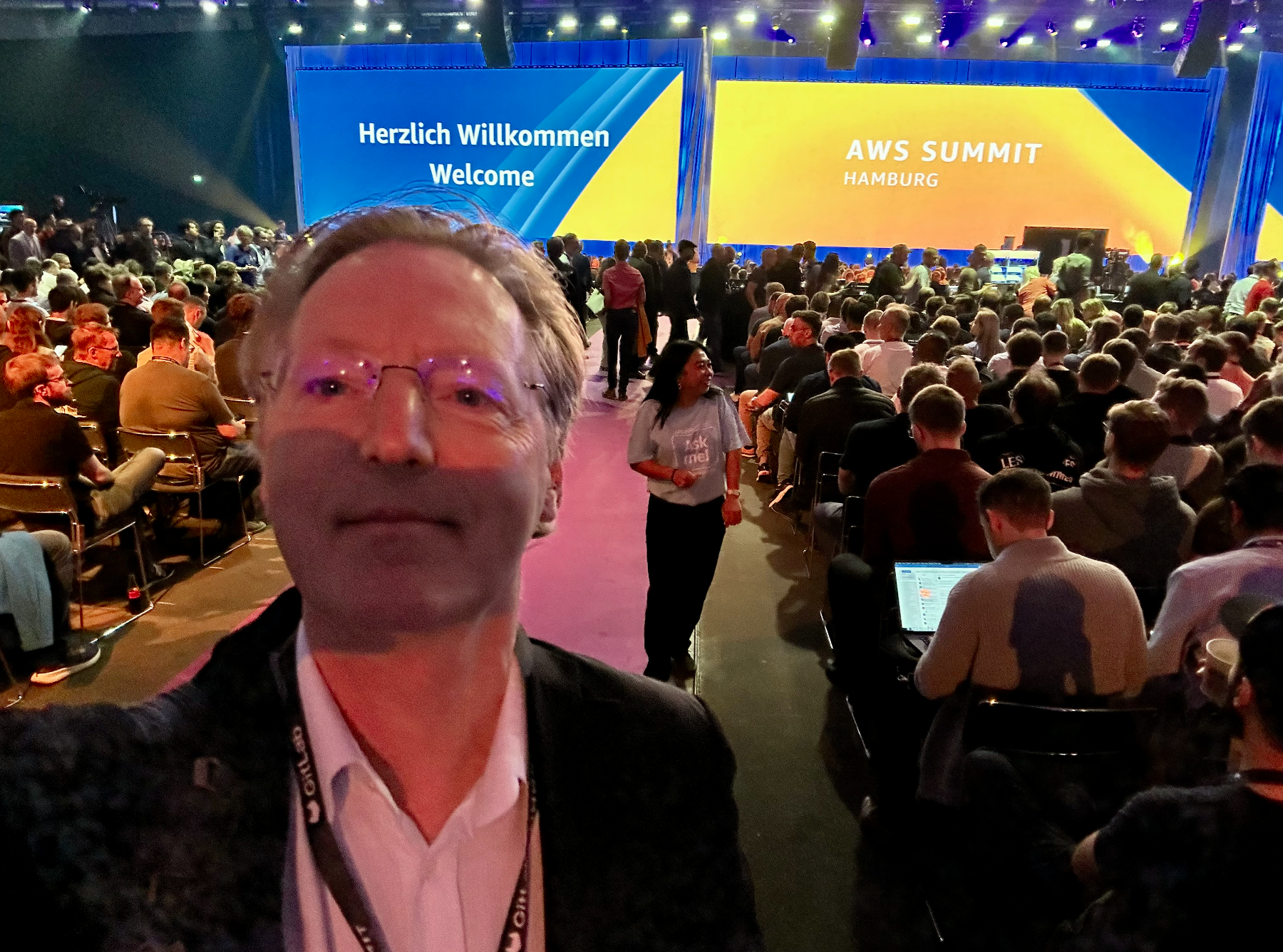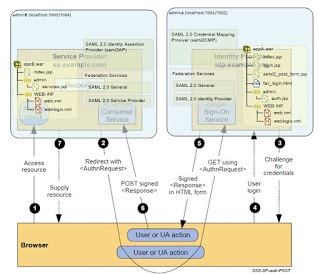Dieser Artikel untersucht die Entwicklung eines KI-gestützten Systems zur Automatisierung von Bewerbungen für freiberufliche Tätigkeiten und diskutiert die technische Umsetzung, praktische Ergebnisse und Auswirkungen auf Plattform-Geschäftsmodelle in der sich wandelnden Landschaft professioneller Dienstleistungen.
📄 Download: PDF-Version dieses Dokuments.
1. Wenn KI-Agenten auf Freelancer-Plattformen treffen: Erkenntnisse aus der Entwicklung eines automatisierten Bewerbungssystems

Kürzlich stieß ich auf einen Artikel der Financial Times, in dem beschrieben wird, wie Booking.com und Expedia sich auf eine Zukunft vorbereiten, in der KI-Agenten Hotels und Flüge direkt buchen können, was möglicherweise die Nachfrage nach diesen Plattformen verringern wird.









